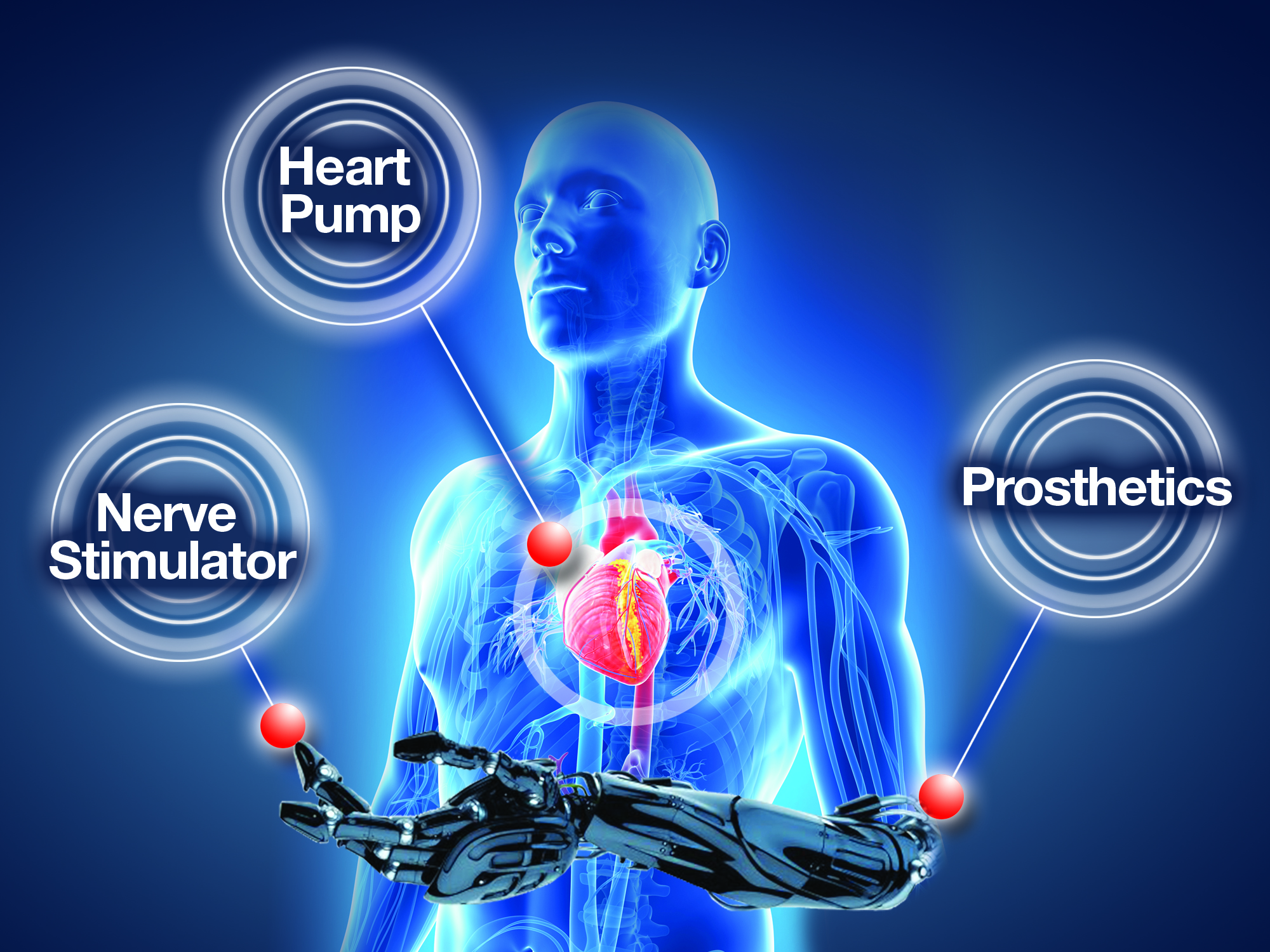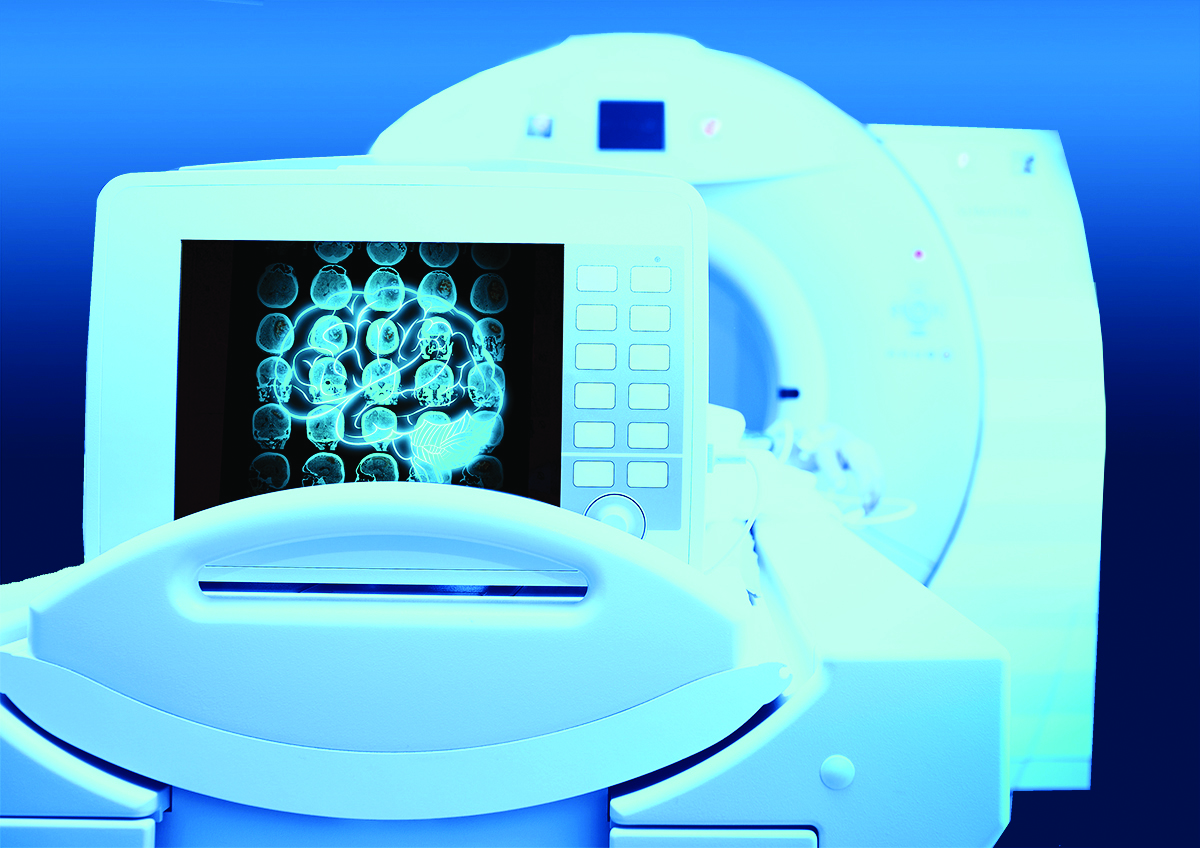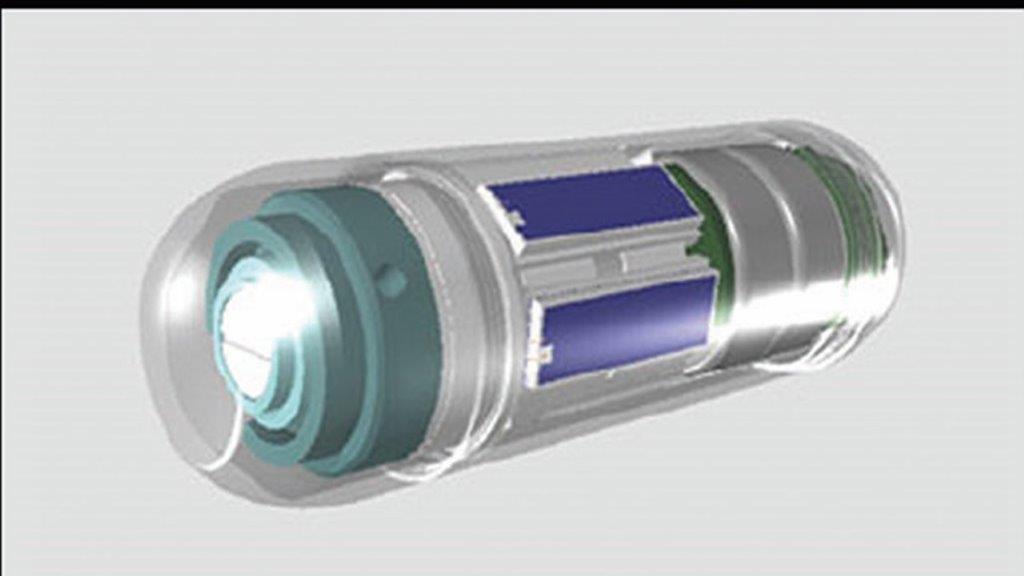GaN technology is transforming medicine
GaN is making possible what was once thought to be impossible in many industries. Alex Lidow, EPC, explains how GaN technology is contributing to significant improvements in medicine
The chaotic environment in which a hospital’s emergency staff work is well-known. The advantage of having equipment readily available without the need to find power outlets is apparent (Figure 1). This extends throughout a hospital with bedside monitoring instruments and patient equipment.
Even at a patient’s bedside, not having power leads will be welcomed, for the ease of moving instruments, avoiding accidental unplugging of critical equipment, reducing the risk of electrical shock, and reducing the potential for bacteria to breed. The emerging availability of wireless power is making wireless medical carts and bedside units a reality. In addition to the convenience, wireless power will increase safety and reduce the price by removing cable clutter around the patient.
Gallium nitride (GaN)-based FETs and ICs are particularly suitable for wireless power applications due to their ability to operate efficiently at high frequency, delivery high power, and in a small, low profile footprint.
 Figure 1: Medical emergency room environment with critical equipment
Figure 1: Medical emergency room environment with critical equipment
eGaN FET-based power conversion systems offer higher efficiency, increased power density, and lower overall system cost than Si-based alternatives. eGaN technology is disruptive, in the best sense of the word – 10 times faster, significantly smaller, and with higher performance and lower costs to comparable silicon-based MOSFETs.
With low capacitance, zero reverse recovery, and low on-resistance eGaN FETs and ICs ensure low operating losses leading to higher amplifier efficiency, which results in maximum wireless power system efficiencies while keeping EMI generation low.
Patient convenience
In addition to untethering the instruments in the emergency room, having wireless power available enables patients to be more comfortable while bedridden and increases their freedom of movement when ambulatory.
If a patient is bound to an electric wheelchair, the need to recharge batteries can be accomplished with a ‘drive-over’ mat that will charge the battery without the need to plug in. As with electric vehicles, electric wheelchairs can recharge by rolling over a wirelessly coupled mat. This vehicle recharging technology is in operation today with drive-over chargers for electric cars and buses.
There are also numerous direct patient applications for wireless power transfer enabled by GaN technology. Figure 2 illustrates some of the high-impact applications under development and in clinical trials. These applications involve heart monitors and nerve stimulators that do not require that wires, that can be prone to infection, protrude from the body. Wireless power is not only more convenient; it is safer for the patient.
 Figure 2: On-patient wireless power applications
Figure 2: On-patient wireless power applications
Improving diagnostics
Resolution is a critical attribute of all medical scanning devices, such as sonograms, CAT scans, and MRI imaging (Figure 3). Equipment manufacturers are very excited about using eGaN FETs and ICs to increase the speed and precision with which they can conduct scanning measurements. In the case of MRI systems, eGaN FETs are used in the transmit functions, which require extremely high RF power for both the power supply and power amplifier being constrained by heat. The small size and efficiency of eGaN FETs allow the transmit function to be placed closer to the patient allowing effective higher power capability for faster imaging. This faster imaging can provide either more image slices at the same time for higher resolution or shorter scan time for more efficient equipment usage.
 Figure 3: Image resolution is critical to MRI scanners
Figure 3: Image resolution is critical to MRI scanners
The receive coils are placed in direct contact with the patient and are limited by heat. Replacing silicon-based components with eGaN FETs to detune these coils for the transmit phase and tune them for the receive phase drastically reduces power dissipation, allowing a higher density receive matrix. This provides more information in the same space for higher resolution images. The result is medical professionals will have more accurate images and a patient’s care will benefit from the improved diagnosis.
Perhaps the most innovative medical diagnostic application enabled by the small size of the eGaN FETs is the colonoscopy pill (Figure 4). This contains a miniature x-ray machine that, after ingestion, creates a 3D image of the intestinal track as it passes through the patient’s digestive system.
The scanned images are transmitted wirelessly to a receiving unit placed on the patient. Once the pill has passed through the patient’s system, physicians can analyse the digital information stored on the receiving unit.
The colonoscopy pill is also convenient, no pre-purging is needed. It means no more discomforting overnight preparation for the traditional colonoscopy.
Precision control for surgery
Minimal invasive surgery using surgical robots give unprecedented control to surgeons, reducing risk and trauma to the patient and speeding recovery. Many motors are required to control the various robotic appendages, such as arms, joints and tool control, that give the surgical robot the required degrees of freedom and dexterity to perform extremely delicate tasks. Weight and size of motor control circuitry are important factors in the design of such robots as they directly impact the size of the motor that manipulates the robot’s appendages during surgery.
 Figure 4: Non-invasive colonoscopy pill. (Courtesy of Check Cap)
Figure 4: Non-invasive colonoscopy pill. (Courtesy of Check Cap)
The motor of choice for robotic surgery is the three-phase brushless DC (BLCD) motor due to its small size to power ratio. These motors have several advantages over other motor types; they are compact for their power rating, can be precisely controlled, offer high electro-mechanical efficiency, and can operate with minimal vibration when properly controlled.
For surgical robot motor drives, eGaN FETs and ICs offer superior hard-switching figure of merit three to four times lower than 40 to 100V MOSFETs which are typically used in these motors. This allows eGaN FET-based drives to operate at higher efficiency and a higher frequency resulting in a more compact drive with higher precision.
Medical roadmap
The world of semiconductors is undergoing technological disruption, and medical applications that take advantage of high-performance eGaN power transistors and ICs are emerging rapidly.
Applications such as untethering the hard-wired electrical connection to power a medical trolley of emergency instruments, mean that the trolly is less of a contributor to bacterial infestations, as well as being faster and easier to move to address patients’ needs.
Removing the necessity to have infection-prone wires protruding from a patient’s body to power heart pumps or nerve stimulators is another area of advance, while the increase in the resolution of body scanning devices, such as MRI equipment, gives more accurate information about the condition of patients and at the same time lowers cost.

Introduction of new diagnostic procedures, such as the colonoscopy pill, gives doctors more precise critical information, while easing medical procedures for the patient and reducing costs.
The introduction of more compact surgical robots that have superior dexterity will enable more precise, minimally invasive surgery.
GaN technology is contributing to significant improvements in these and other medical applications. There are major advances in implantable systems, imaging and prosthetics enabled by GaN technology. As this technology continues to enable integration of multiple functions on a single eGaN chip, continues to reduce the size of devices and further enchance image resolution, the standard of patient care will improve, while medical costs will be reduced.










